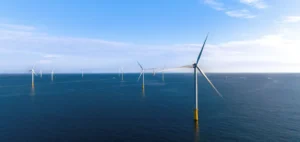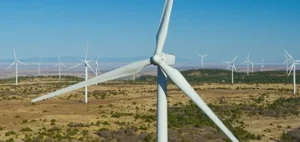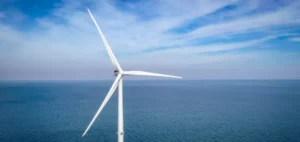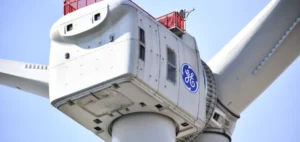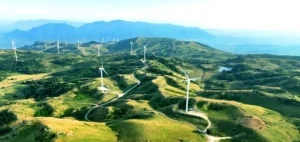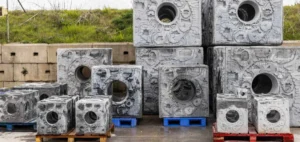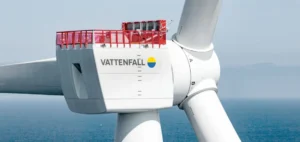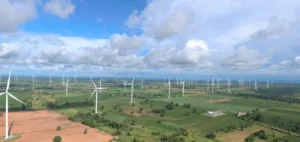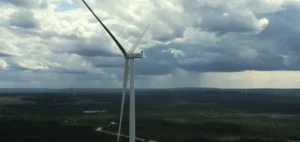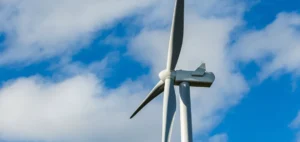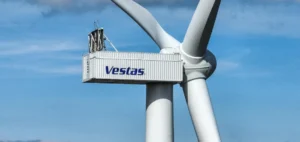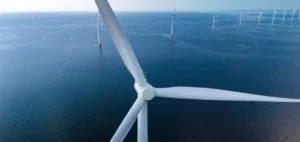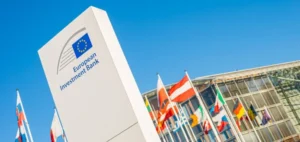On March 5, RTE launched the first stage of floating wind power in France at Le Barcarès in the Pyrenees-Orientales. The sheath intended to receive the future connection cable of the Floating Wind Turbines of the Gulf of Lion has been launched. This cable will be used to connect the offshore wind farm to the onshore electrical grid and transport the electricity produced. The installation of floating wind farms is essential to achieve the objectives of carbon neutrality in France and Europe.
The Gulf of Lions Floating Wind Turbine Project
The Gulf of Lion floating wind project is located in the departments of Aude and Pyrénées-Orientales, in the Occitanie region. It includes three wind turbines that will be installed in the “Leucate” area, 18 km off the coast of Leucate and Le Barcarès. To connect this pilot farm to the existing terrestrial network, RTE will create a 63,000 volt submarine and underground link over approximately 20 kilometers, at an estimated cost of 40 million euros.
Work at sea
Offshore work for the floating wind turbine in the Mediterranean began with the landing work. This consists of connecting the submarine cables to the underground cables, in a buried concrete box, called a “junction chamber” or “landing chamber”. A directional drilling is then carried out under the beach of Barcarès to install a sheath between the parking lot and an exit point in the sea. The stage presented today in Barcarès is the launching of the liner, which will be transported by boat to the point of exit at sea, then slid into the directional drilling. The next step will be the installation of the electrical cable inside this sleeve.
Floating wind power, a complementary technology
Floating wind is a technology that allows the installation of production parks at sea at depths of up to 300 meters. This technology is complementary to wind power and has a considerable potential for implementation worldwide. France’s coastline is particularly windy and suitable for floating wind turbines, especially off the Atlantic and Mediterranean coasts. However, due to its lesser technological maturity, this technology is still not very present off European or international coasts.
The development of the floating wind in the Mediterranean
The Mediterranean basin in France will host several floating wind projects in the coming years, including three pilot farms: Éoliennes Flottantes du Golfe du Lion, Eolmed and Provence Grand Large, as well as two commercial wind farms of 250 MW each, which are expected to be expanded by 500 MW in the future. The first park will be located in Occitania, off the coast of Narbonnaise in the Aude department. As for the location of the second park, it has yet to be defined between a preferential zone in Provence-Alpes-Côte d’Azur off the Gulf of Fos and a second zone in the Pyrenees-Orientales off Roussillon. This location will be chosen following technical and environmental studies and further consultation.
Offshore wind power to achieve carbon neutrality
The development of offshore wind power, whether land-based or floating, is essential to achieve the carbon neutrality objectives set by the energy transition. All the scenarios developed in the Energy Futures 2050 study take into account an energy mix ranging from 31% to 12% of installed offshore wind capacity in 2050. The establishment of pilot farms, such as the one in Leucate, allows us to work in response to these objectives and to develop the best technologies to achieve them.






